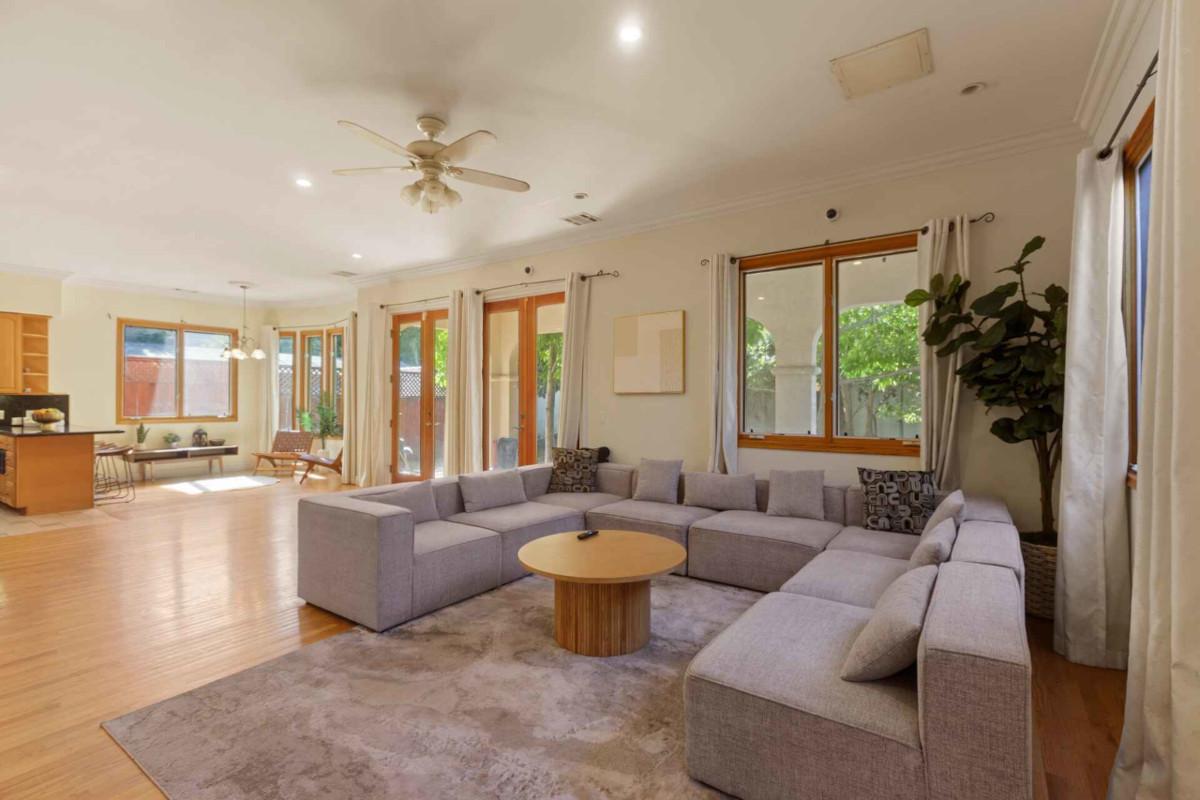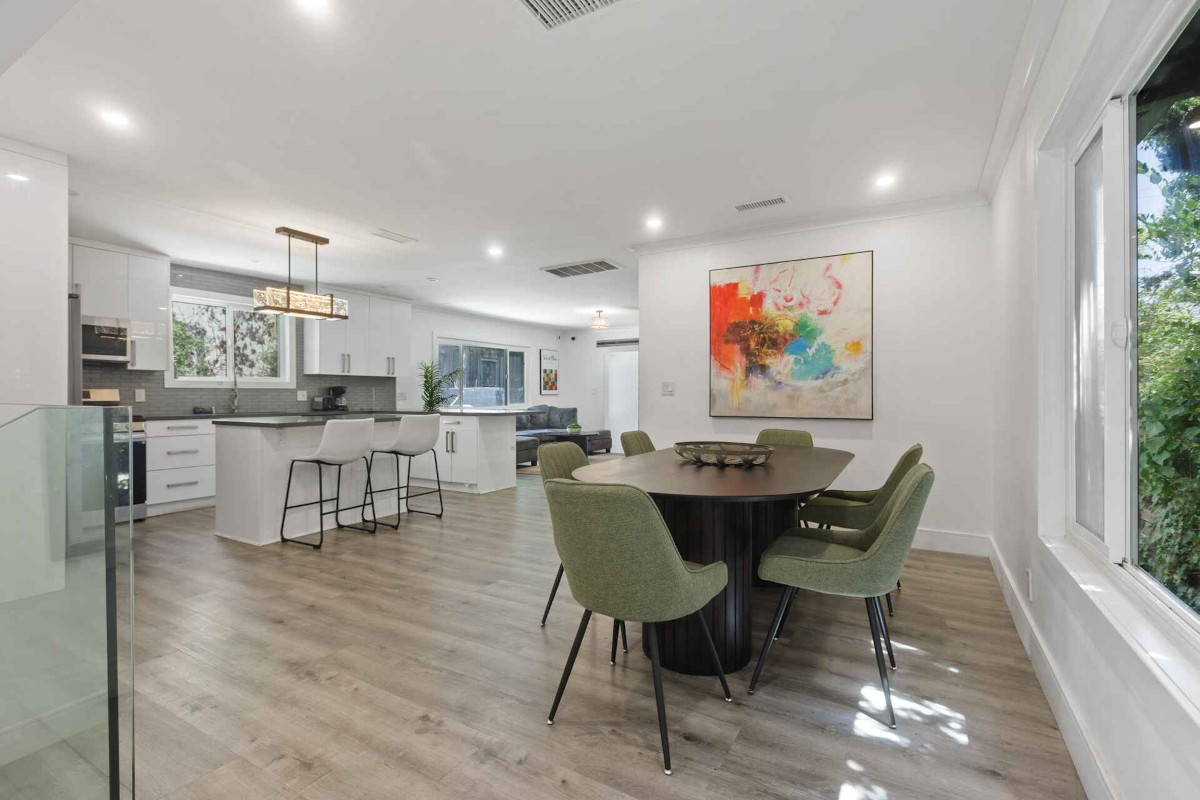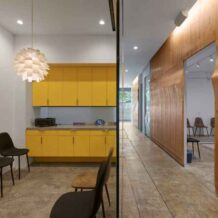Halfway houses and sober living homes provide essential support for individuals in recovery, but they differ significantly in structure, regulation, and resident demographics. Halfway houses, often publicly funded, offer a structured environment with a focus on reintegrating into society and may involve time-limited stays. They cater to diverse populations, including those mandated by the criminal justice system. In contrast, sober living homes offer a more flexible, community-focused environment, emphasizing peer support and personal responsibility. These privately funded homes allow for longer, more adaptable stays, catering to individuals seeking a gradual transition to independence. Understanding these differences is crucial for selecting the most suitable option based on one’s recovery needs and goals.
6 min to read
8 Differences Between a Halfway House and a Sober Living House
When individuals are transitioning from a structured addiction treatment program to reintegrating into everyday life, two common options for continued support are halfway houses and sober living homes. While these facilities share similar goals of offering support to individuals in recovery, there are significant differences between them that affect who they serve, the structure they provide, and the overall experience of the residents. Understanding these differences is essential for choosing the right path to sustained recovery.
1. Overview of Halfway Houses and Sober Living Homes
Halfway Houses: Often government-funded or managed by non-profit organizations, halfway houses are transitional living facilities designed to help individuals reintegrate into society after completing an intensive inpatient rehabilitation program or serving time in the criminal justice system. The focus is not only on sobriety but also on helping residents build practical life skills and prepare for independent living. Typically, these facilities operate under strict regulations and provide a structured environment to support the residents’ recovery journey.
Sober Living Homes: Sober living homes, on the other hand, are usually privately owned and managed. These homes cater specifically to individuals in recovery from substance use disorders or individuals suffering from mental health illnesses, offering a supportive, substance-free environment where residents can continue their recovery process. Sober living homes often emphasize peer support, accountability, and a sense of community, enabling residents to transition back into society while maintaining their sobriety.
2. Regulation and Oversight
Halfway Houses: One of the defining characteristics of halfway houses is their regulation and oversight. Since many halfway houses receive funding from the government or related entities, they must comply with state and federal regulations. This oversight ensures a standard of care and structure but can also mean that these facilities may face funding challenges or policy shifts that affect their operations. In addition, halfway houses often cater to individuals who are mandated by the criminal justice system to stay there as part of their rehabilitation process.
Sober Living Homes: While sober living homes also have to meet certain standards, the level of regulation varies greatly. These homes are generally not subjected to the same degree of government oversight as halfway houses. Most regulations for sober living homes come from private or voluntary accreditation organizations, which means that the quality and rules of each home can differ significantly. This flexibility allows sober living homes to adapt more easily to residents’ needs but also puts more responsibility on individuals to research and select reputable homes.

3. Resident Demographics and Admission Criteria
Halfway Houses: Residents in halfway houses often come from diverse backgrounds. Many have completed a stay at a rehabilitation center or are transitioning from incarceration, including those recently released from jail or prison as part of the reentry process. Admission may be court-mandated or suggested as a condition of probation or parole. These facilities provide a structured and supportive environment where residents can work on maintaining sobriety, gain new life skills, and receive various forms of rehabilitation support such as job training and therapy. Because of this, halfway houses frequently accommodate individuals who are dealing not only with addiction but also with other challenges related to re-entry into society, such as finding employment and reconnecting with family. This setup is intended to reduce the risk of recidivism by helping residents stabilize their lives and reintegrate socially and economically.
Sober Living Homes: Residents in sober living homes are typically those who have completed an inpatient treatment program but are not yet ready to fully transition to independent living. Admission is usually voluntary and based on an individual’s commitment to maintaining sobriety and adhering to the home’s rules. The residents are often self-motivated individuals who want to stay connected to a recovery community while working, attending school, or participating in outpatient treatment programs.
4. Structure and Rules
Halfway Houses: These facilities are known for their structured environment. Residents are often required to adhere to a strict schedule that may include curfews, mandatory group meetings, employment, and participation in community activities. The goal of a halfway house is to ensure that residents are developing the life skills and discipline necessary to manage their lives without substances and prepare for independent living. There is often less personal freedom compared to sober living homes, as the environment is more controlled and geared toward accountability.
Sober Living Homes: While sober living homes also have rules and structure, they offer more flexibility than halfway houses. Common rules include a zero-tolerance policy for drugs and alcohol, participation in house meetings, contributions to household chores, and adherence to curfews. However, these homes are designed to encourage gradual autonomy, allowing residents to leave during the day for work or school and return to a safe, supportive environment. The rules are intended to foster personal responsibility and support recovery through peer-driven accountability.
5. Duration of Stay
Halfway Houses: Stays in halfway houses are typically time-limited, often ranging from a few weeks to a few months. This is largely because halfway houses are meant to be temporary solutions that bridge the gap between institutional living (such as prison or an inpatient rehab) and independent living. The time limit helps prepare residents to move forward into society but can sometimes feel rushed for those who need more time to adjust.
Sober Living Homes: One of the main advantages of sober living homes is their flexibility with the duration of stay. Residents can stay for several months or even years, depending on their recovery progress and personal circumstances. This extended support allows individuals to rebuild their lives at their own pace and reinforces long-term sobriety, as they can gradually integrate back into the community while having a safety net in place.
6. Support Services Provided
Halfway Houses: Support services in halfway houses often include job training, therapy sessions, group counseling, and assistance with life skills such as financial management and communication. These services are generally geared toward helping residents achieve a smooth transition to independence. However, the level of addiction treatment provided may be limited compared to what residents experienced in their prior treatment programs.
Sober Living Homes: Sober living homes often provide or facilitate access to outpatient treatment programs, 12-step meetings, individual counseling, and other forms of addiction support. While the main focus is on maintaining a substance-free living space and peer support, residents are encouraged to seek out additional resources for their recovery as needed. The community aspect of sober living homes is emphasized, creating an environment where residents support each other through shared experiences.

7. Cost and Funding
Halfway Houses: Because many halfway houses receive public funding, the cost of staying is often more affordable or even free for residents, especially those referred through the criminal justice system. This can make halfway houses a more accessible option for individuals with limited financial resources. However, government funding can be inconsistent, impacting the quality and availability of services.
Sober Living Homes: Sober living homes are generally funded through private payments, which means that the cost can vary widely. Residents typically pay rent and contribute to household expenses. While this makes sober living homes less accessible to those with financial constraints, the private funding model often allows for better amenities and more individualized attention compared to halfway houses.
8. Community and Environment
Halfway Houses: The environment in halfway houses can be more rigid and institutional due to their funding sources and demographic mix. While there is a focus on community building, the emphasis is often on transitioning individuals back into the workforce or society at large, which can create a more utilitarian atmosphere.
Sober Living Homes: The community aspect of sober living homes is one of their defining features. Residents are often actively engaged in supporting each other’s recovery journeys. This peer-driven support network fosters a more homely and cooperative atmosphere, contributing to a sense of camaraderie that can be pivotal for long-term sobriety.
Conclusion
Halfway houses and sober living homes serve as crucial bridges in the recovery process, each offering unique benefits and challenges. Halfway houses are structured, often publicly funded facilities that cater to those who may have experienced incarceration or require mandatory rehabilitation. They focus on reintegration into society with a time-limited stay. Sober living homes, on the other hand, provide a more flexible, peer-supported environment with an emphasis on personal responsibility, offering residents a gradual transition to independent living without a strict time constraint.
Choosing between a halfway house and a sober living home depends on individual needs, background, and recovery goals. For some, the structured nature of a halfway house is ideal, while others may thrive in the more relaxed, supportive setting of a sober living home. Understanding these differences can empower individuals and their families to make informed decisions that support a successful recovery journey.
Discussion
Safe, Nurturing, Healing
Tulua Health is More Than a Recovery Center
Safety and support form the cornerstone of recovery at Tulua Health. We offer a nurturing environment that extends beyond treatment. Our facilities boast modern amenities, ensuring privacy, comfort, and a range of supportive programs. Here, every aspect of our sober living homes is designed to provide you with a sanctuary that you can proudly call home.
We Accept Many Health Plans





It Starts here
Get a Free Health Coverage Verification
Wellness doesn't just happen. Our team of behavioral health specialists can help find the plan that is right for you. If you're ready for a new start, click below to submit a free health insurance verification request.



